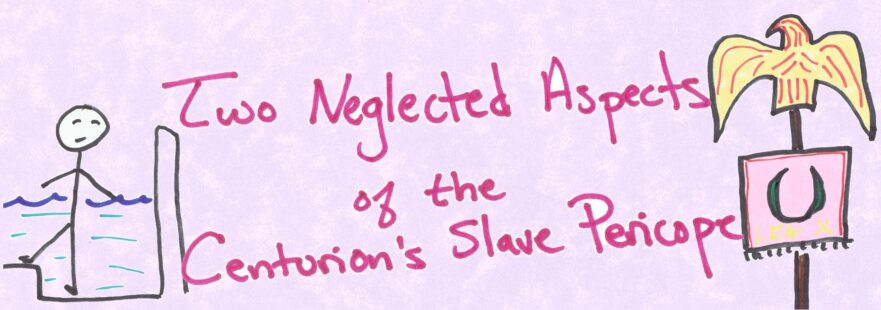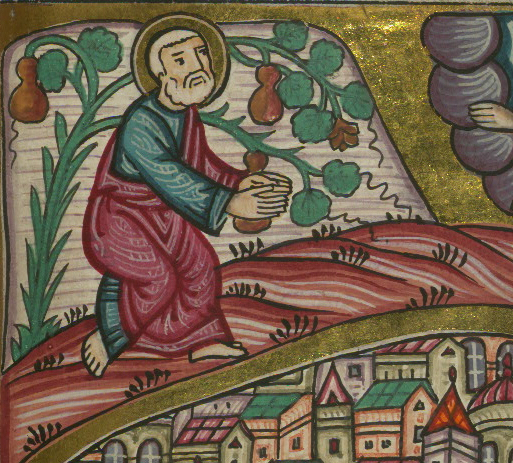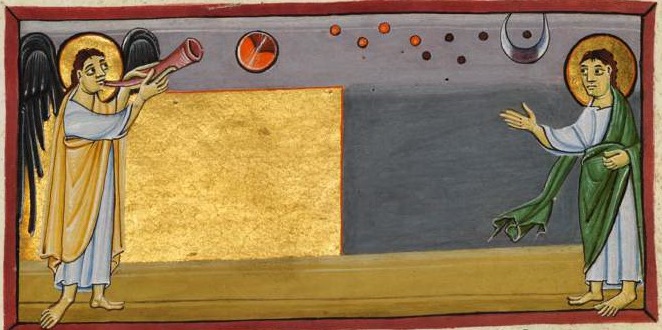It is because the story occurs with disparate details in two very different versions in the Gospels of Matthew and Luke (Matt. 8:5-13 ∥ Luke 7:2-10) and in a more distant parallel to the story in the Gospel of John (John 4:46-54) that so much discussion occurs. … Fitzmyer, The Gospel According to Luke (2 vols.: AB 28A and 28B; Garden City, N.Y.: Doubleday, 1981, 1985), 1:651; Ulrich Luz, Matthew: Hermeneia—A Critical and Historical Commentary on the Bible (3 vols.; trans. … Crouch ; Minneapolis: Fortress Press, 2001, 2005, 2007), 1:9-10; John Nolland, Luke (3 vols.: WBC 35A-35C; Dallas: Word Books, 1989, 1993, 1993), 1:316; François Bovon, Luke: Hermeneia—A Critical and Historical Commentary on the Bible (3 vols.; trans. … Meier, A Marginal Jew (5 vols.; New York: Doubleday, 1991-2016), 2:720-721; Michael Wolter, The Gospel According to Luke (2 vols.; trans.
Sending the Twelve: Commissioning
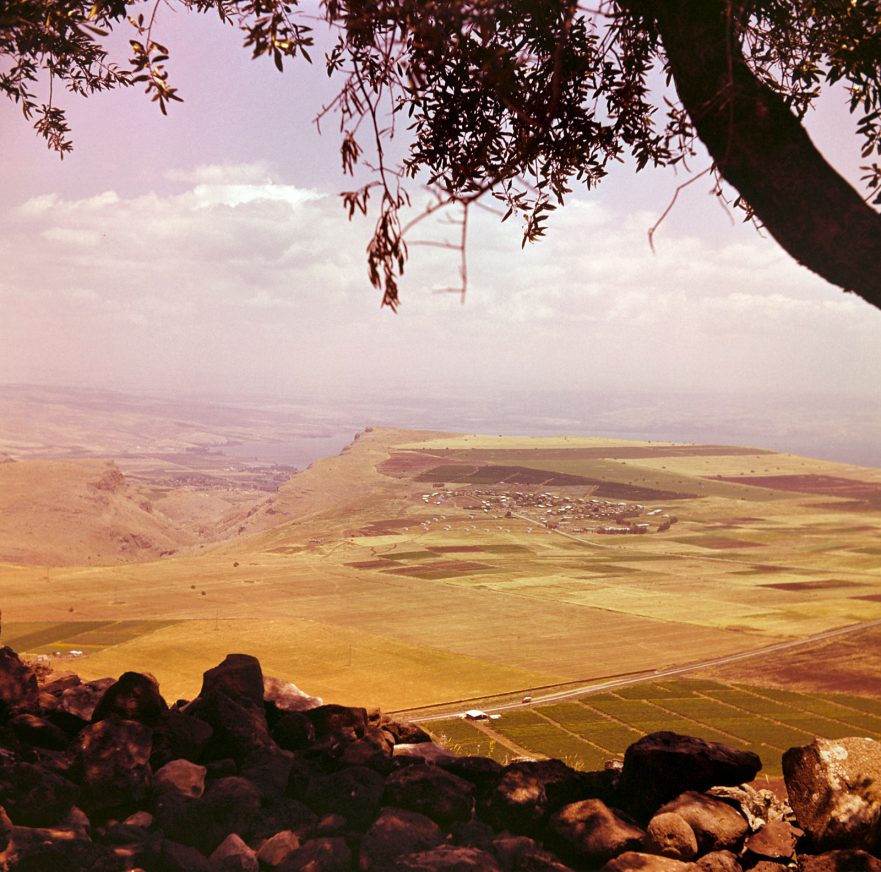
Matt. 9:35; 10:1, 5a; Mark 6:6b-7; Luke 9:1-2; 10:1 (Huck 58, 72, 109, 139a; Aland 49, 98-99, 142, 177; Crook 72, 102-104, 162, 196)For abbreviations and bibliographical references, see “Introduction to ‘The Life of Yeshua: A Suggested Reconstruction.'”
Spontaneous Growth Parable
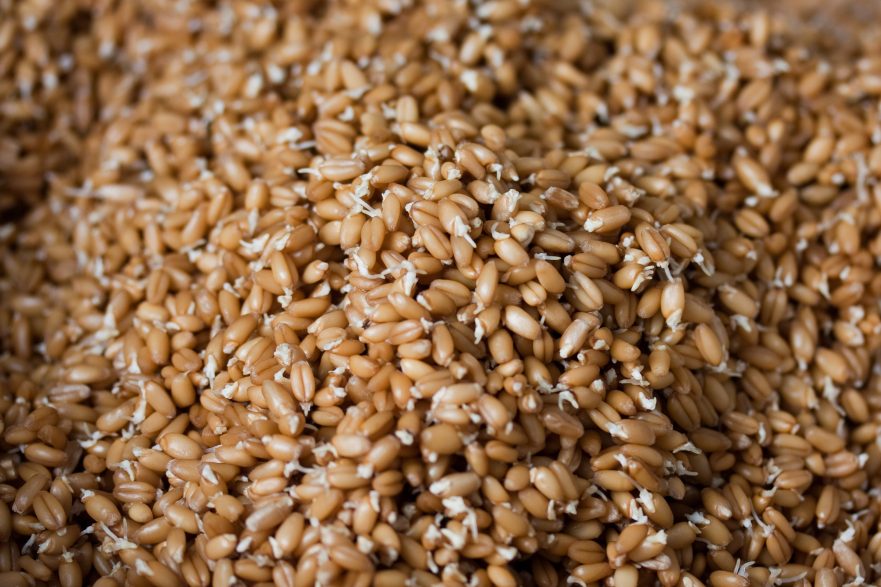
Mark 4:26-29 (Huck 95; Aland 126; Crook 148)For abbreviations and bibliographical references, see “Introduction to ‘The Life of Yeshua: A Suggested Reconstruction.'” Updated: 9 November 2022
1. Text
2. Conjectured Stages of Transmission
3. Comment
4.
The Jewish Cultural Nature of Galilee in the First Century
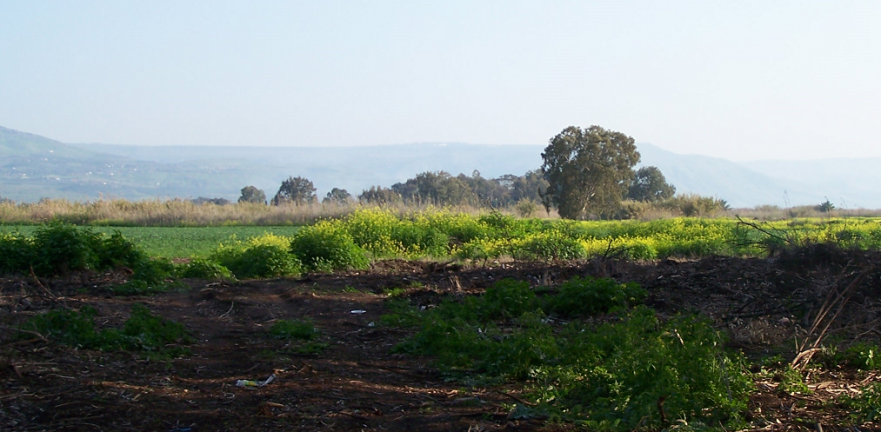
There is a great deal of literature describing the Jewish cultural nature of Galilee in the first century C.E. Several scholarly fields are involved.
Mustard Seed and Starter Dough Parables
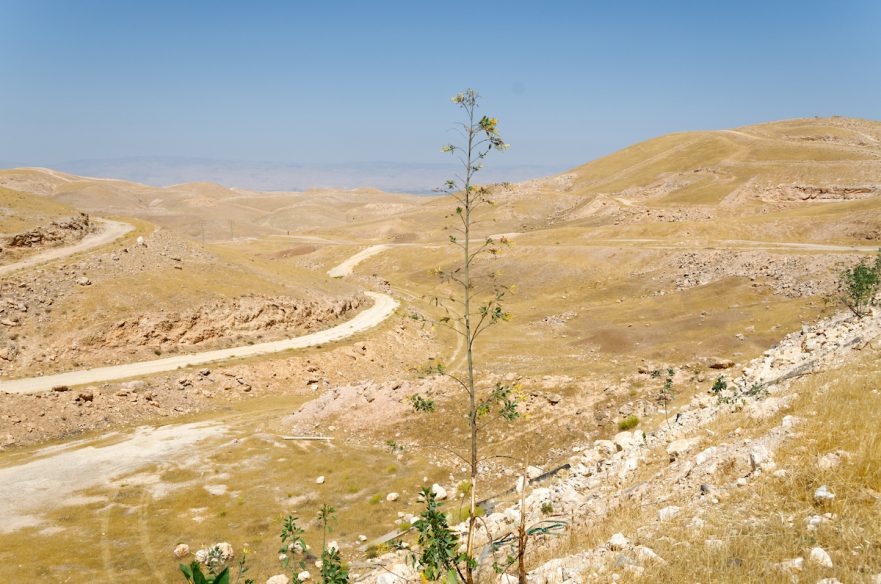
Matt. 13:31-33; Mark 4:30-32; Luke 13:18-21
(Huck 97-98, 164; Aland 128-129, 209-210; Crook 150-151, 246-247)For abbreviations and bibliographical references, see “Introduction to ‘The Life of Yeshua: A Suggested Reconstruction.'” Revised: 20 May 2022
לְמַה דּוֹמָה מַלְכוּת שָׁמַיִם וּלְמָה אֲדַמֶּה אוֹתָהּ לְעֵין הַחַרְדָּל שֶׁנָּטַל אָדָם וְנָתַן בְּגִנָּתוֹ וְצָמַח וְהָיָה לְאִילָן וְעוֹף הַשָּׁמַיִם שָׁכְנוּ בְּבַדָּיו וְעוֹד אָמַר לְמָה אֲדַמֶּה מַלְכוּת שָׁמַיִם לִשְׂאֹר שֶׁנָּטְלָה אִשָּׁה וְטָמְנָה בְּקֶמַח שָׁלשׁ סְאִים עַד שֶׁחָמֵץ כֻּלוֹ
“What is the Kingdom of Heaven like? Or what comparison can I make to illustrate its vitality? It’s like a mustard seed that a man planted in his garden. It germinated and grew into a tree.
The Social Jesus: Beyond an Individualist Reading of the Capernaum Synagogue Incident
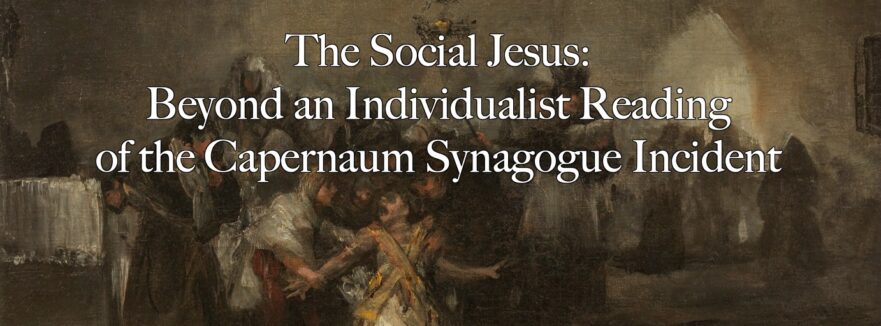
— wp:paragraph –>
To demonstrate the usefulness of a social approach to the Gospel narratives we will take a fresh look at the Capernaum Synagogue incident found in Mark 1:21-28 and Luke 4:31-37. … (Luke 4:31-37)
Luke (2 vols.; Anchor Bible; Garden City, N.Y.: Doubleday, 1981, 1985), 1:545; John Nolland, Luke (3 vols.; Word Biblical Commentary; Dallas: Word Books, 1989, 1993, 1993), 1:204.
Cataloging the Gospels’ Hebraisms: Part Four (Parallelism)
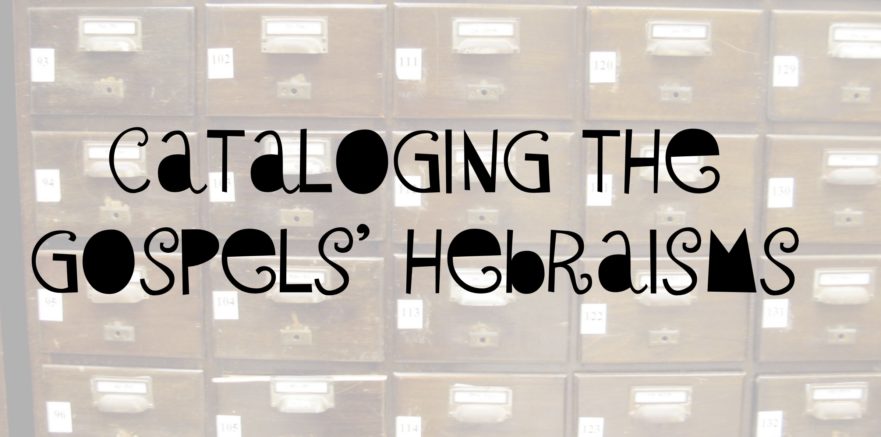
(Luke 1:46-47; RSV)
Each of the two sides, or ribs, of a parallelism has the meaning of the other. …
Here is a sampling of the many doublets and parallelisms we find in the sayings of Jesus: “The wise and understanding” (Luke 10:21); “prophets and apostles” (Luke 11:49); “kings and governors” (Luke 21:12); “two men will be in the field…two women will be grinding with a hand mill” (Matt. 24:40-41); “look at the birds of the heaven…consider the lilies of the field” (Matt. 6:26, 28); “they make their phylacteries wide…and their tassels long” (Matt. 23:5); “when you see a cloud rising in the west…when you see the south wind blowing” (Luke 12:54, 55); “a reed shaken by the wind…a man dressed in fancy clothes” (Matt. 11:7-8; Luke 7:24-25); “eating and drinking…a glutton and a drunkard…tax collectors and sinners” (Matt. 11:19; Luke 7:34); “you are the salt of the earth…you are the light of the world” (Matt. 5:13, 14); “as it was in the days of Noah…as it was in the days of Lot” (Luke 17:26, 28); and “nation will rise against nation, and kingdom against kingdom” (Matt. 24:7; Mark 13:8; Luke 21:10)….
Not Everyone Can Be Yeshua’s Disciple
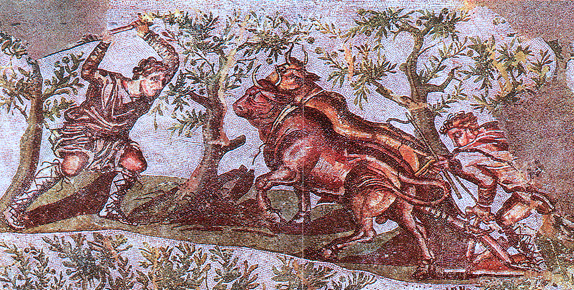
— wp:heading {“textAlign”:”center”,”level”:3} –> Matt. 8:19-22; Luke 9:57-62 Matt. 8:14-15) and Healing at Evening (Matt. 8:16-17), whereas Luke places the Not Everyone Can Be Yeshua’s Disciple pericope during the early stage of Jesus’ journey to Jerusalem at a point when Jesus had already left the Galilee.
The Programmatic Opening of Jesus’ Biography as a Reflection of Contemporaneous Jewish Messianic Ideas
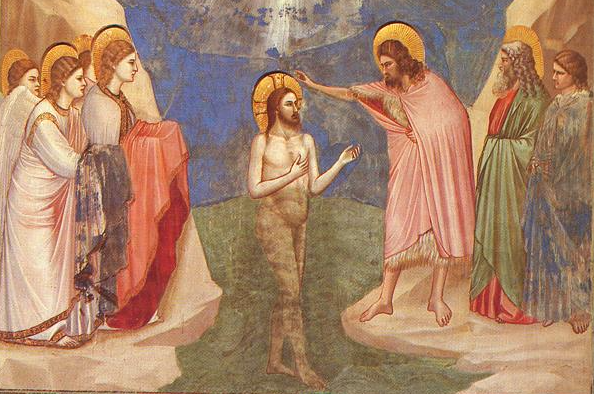
(Mark 1:1-11; adapted from RSV)
Mark’s programmatic opening of the Gospel narrative also appears in a slightly reworked and expanded form in Matthew 3:1-17 and Luke 3:2-22. … (Matt. 3:13-15)
Cf. the treatment of the hierarchy between the Baptizer and Jesus in Luke 1-2 and John 1:19-34.
The Didache and its Relevance for Understanding the Gospel of Matthew
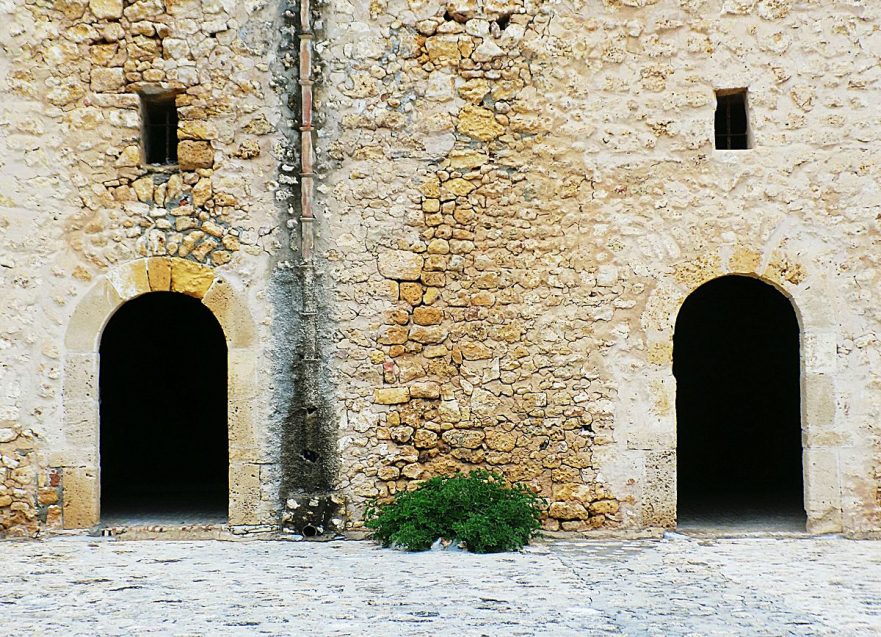
How to cite this article: Huub van de Sandt, “The Didache and its Relevance for Understanding the Gospel of Matthew,” Jerusalem Perspective (2016) .
Jesus’ Twin Parables
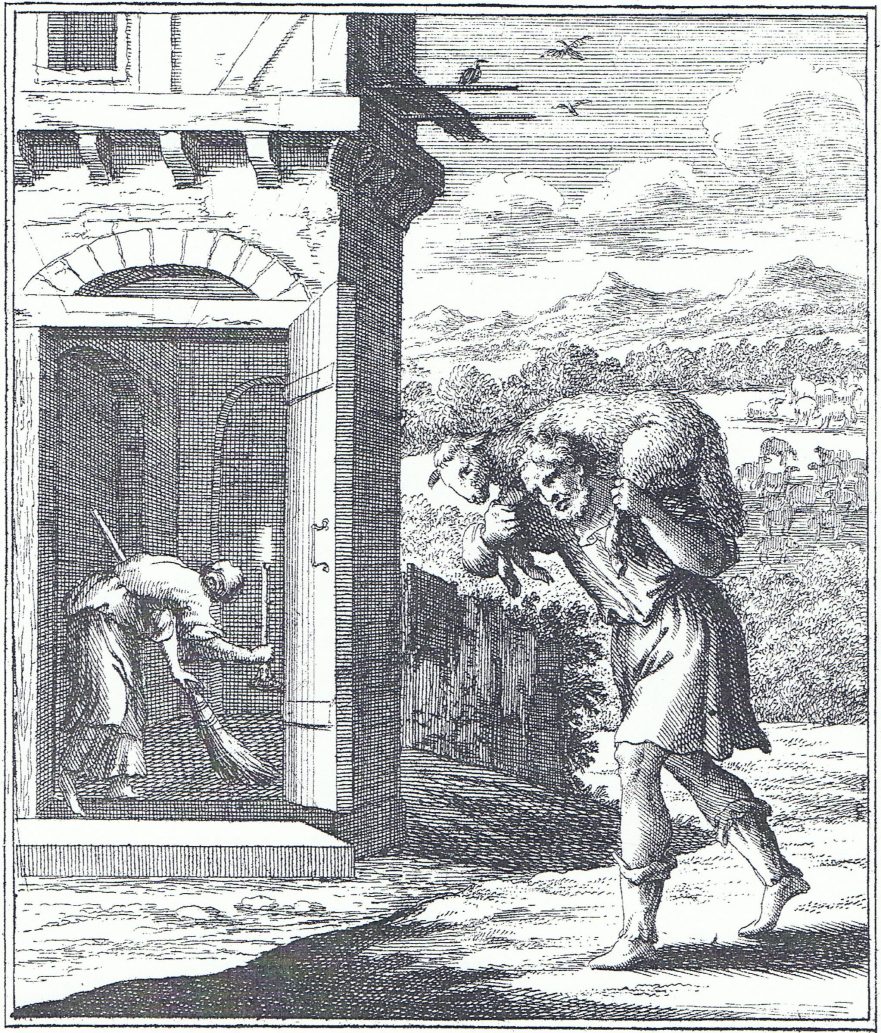
We could now insert the Matthean form of the Disciples’ Prayer (Matt. 6:9-13), which is much more Hebraic than the Lukan version (Luke 11:2-4)….
Next, we could add to this story the teaching discourse found in Matthew 7:7-11:
Ask, and it will be given you.
Jesus’ Yoke and Burden
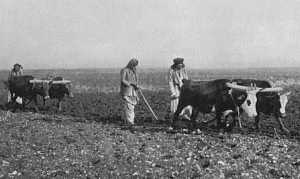
Revised: 25-Nov-2014″Come to me, all you who are weary and burdened, and I will give you rest. Take my yoke upon you and learn from me, for I am gentle and humble in heart, and you will find rest for your souls. For my yoke is easy and my burden is light” (Matt. 11:28-30; NIV). Although extraordinarily beautiful, Jesus’ saying recorded in Matthew 11:28-30 is enigmatic. What is this saying’s meaning, and what were Jesus’ “yoke” and “burden”?
JPs New Search Could Transform Your Study

Here are some examples: Matt 6:19-21 or Matt 6-9 Dwelling or Matt 6-9 NOT Dwelling To see more examples and to learn how to capitalize on this new power, we’ve created a special page.
The Good Samaritan
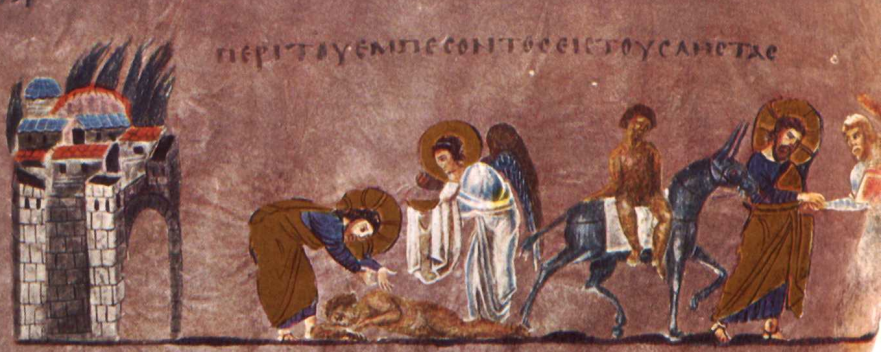
Jesus replied to the scribe that he had answered correctly, “do this and you will live” (see Matt. 7:24-27; Matt. 19:16-22; Mark 10:17-22; Luke 18:18-23). … The New Testament mentions that Mary and Paul both participated in acts of ritual purification due to their impurity (Luke 2:22; Acts 21:24, 26; 24:18; see also John 11:55).
Private: The Kingdom of Heaven in an Age of Pelf
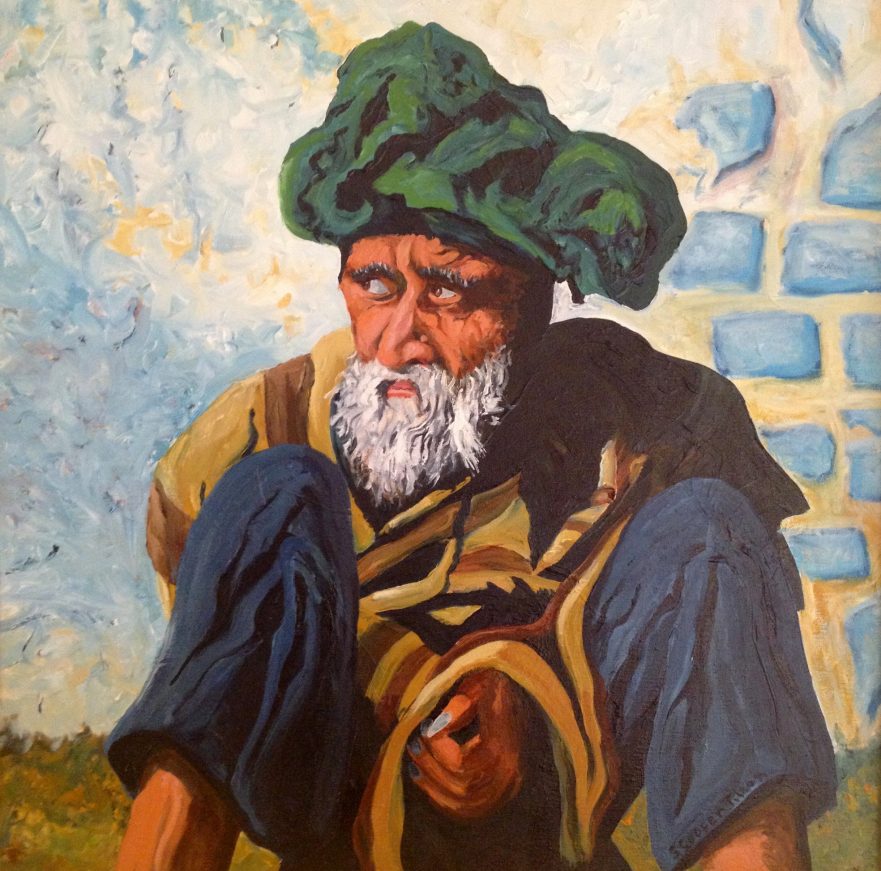
Luke 5:31; Mark 2:17; and Matt. 9:12. … (Luke 4:16-20)Cf.
Woes on Three Villages
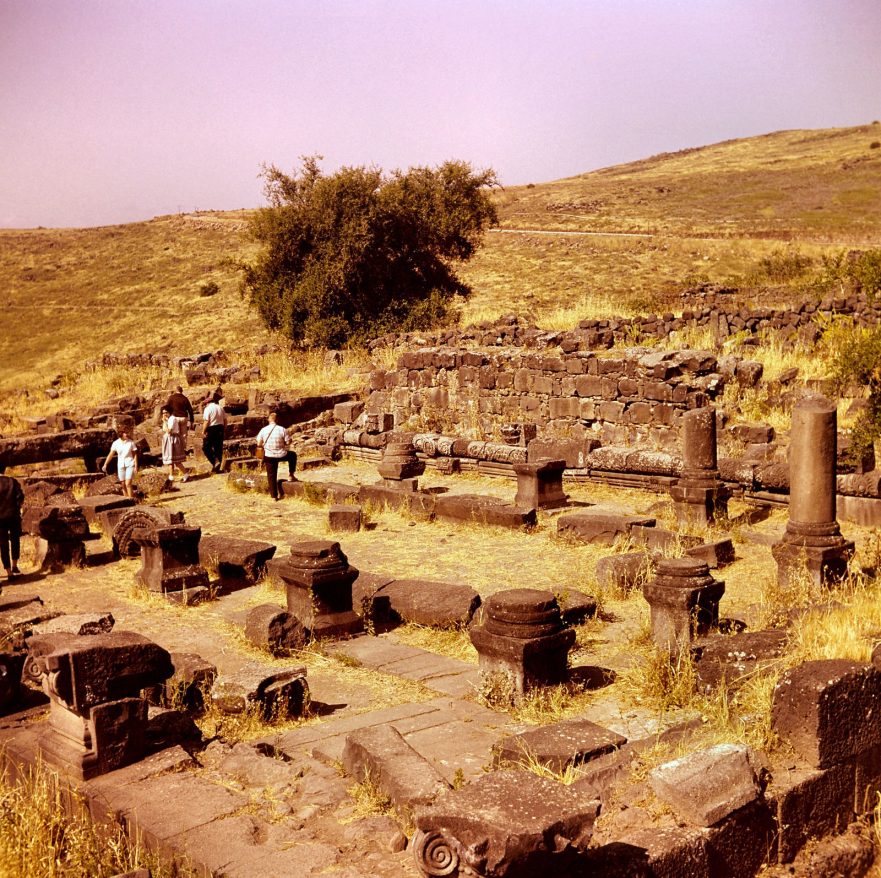
Matt. 11:20-24; Luke 10:13-15 (Huck 66, 139; Aland 108, 178; Crook 127, 202)For abbreviations and bibliographical references, see “Introduction to ‘The Life of Yeshua: A Suggested Reconstruction.'”

